7 Surprising Facts About Steel That You Need to Know
Steel is a ubiquitous material that plays a crucial role in our everyday lives, whether we realize it or not. From towering skyscrapers to humble household tools, steel is the backbone of modern infrastructure and technology. However, despite its pervasive presence, there are numerous surprising facts about steel that remain largely unknown to the general public. Keep reading to learn about seven key facts, so you can enlighten and perhaps alter your perception of this remarkable material and the process of structural steel fabrication that brings it to life.
1. It's Highly Versatile
Steel's versatility is one of its most defining characteristics. It’s not just used for construction but also finds its way into the manufacturing of automobiles, appliances, and even surgical tools. This versatility is enhanced through various forms such as carbon steel, alloy steel, stainless steel, and tool steel. Each type is produced through structural steel fabrication methods tailored to meet specific performance demands. For example, stainless steel’s rust resistance makes it ideal for kitchenware and medical applications.
2. It Possesses Eco-Friendly Features
When discussing steel, it's important to highlight its eco-friendly features. According to the American Institute of Steel Construction, new steel products are made by recycling over 97% of American structural steel. This high recycling rate makes structural steel fabrication one of the most sustainable practices in modern manufacturing. Recycling significantly reduces the need for raw material extraction and cuts down on energy usage, shrinking the environmental footprint of steel production.
3. It's Historically Significant
The historical significance of steel is another fascinating aspect. The development of the Bessemer process in the 19th century revolutionized steel production, making it more efficient and cost-effective. This leap paved the way for the Industrial Revolution, fueling rapid advancement in construction and engineering. Today, structural steel fabrication continues to evolve, playing a pivotal role in modern innovations while honoring its transformative past.
4. It Has Strong Adaptability
Despite its strength and durability, steel is remarkably adaptable. Techniques such as galvanization and alloying enhance its characteristics, making it suitable for diverse environments. Galvanized steel, coated with zinc, is particularly effective in preventing corrosion. Structural steel fabrication allows engineers to tailor steel components to meet the demands of projects in marine, industrial, and residential settings, helping steel remain a vital material in multiple industries.
5. It Impacts Modern Architecture
Steel’s impact on architecture is profound. Landmarks like the Eiffel Tower and Empire State Building showcase the blend of strength and elegance that steel offers. Modern engineers rely on structural steel fabrication to achieve the complex forms and innovative designs seen in today’s buildings. Steel allows for larger spans, thinner frames, and more creative freedom—helping architects push boundaries while maintaining structural reliability.
6. Presence in Wind and Solar Energy Development
Steel plays a crucial role in the development of both wind and solar energy infrastructure. Wind turbines rely on large quantities of structural steel for towers, hubs, and nacelles, providing the strength needed to withstand extreme weather conditions. In solar energy systems, steel frames support photovoltaic panels and tracking mechanisms, ensuring long-term durability and precise positioning. Its adaptability, recyclability, and resistance to corrosion make steel an ideal material for renewable energy projects. As the global demand for clean energy rises, so does the need for high-performance steel components that can meet the environmental and structural demands of modern installations.
7. It's Used for More Than Strength—It’s Also an Aesthetic Choice
Steel isn’t just chosen for its strength and durability—it’s also favored for its modern, sleek appearance. Architects and designers often incorporate exposed steel elements into buildings, bridges, and public spaces to achieve a bold, industrial aesthetic. Polished, brushed, or weathered finishes can be customized to match specific design visions, making steel both a functional and visual asset. Its ability to blend structural integrity with visual appeal allows it to stand out in everything from minimalist interiors to large urban sculptures. Structural steel fabrication techniques allow these artistic applications to come to life with precision and consistency.
Steel is much more than just a material that forms the skeleton of buildings or the framework of bridges. Its versatility, sustainability, historical significance, adaptability, and contribution to architecture underscore its importance in shaping the world as we know it. As these surprising facts suggest, steel is a testament to human innovation and environmental consciousness, making it a material worth understanding and appreciating. Contact Donner Steel Works today to learn about steel fabrication services.
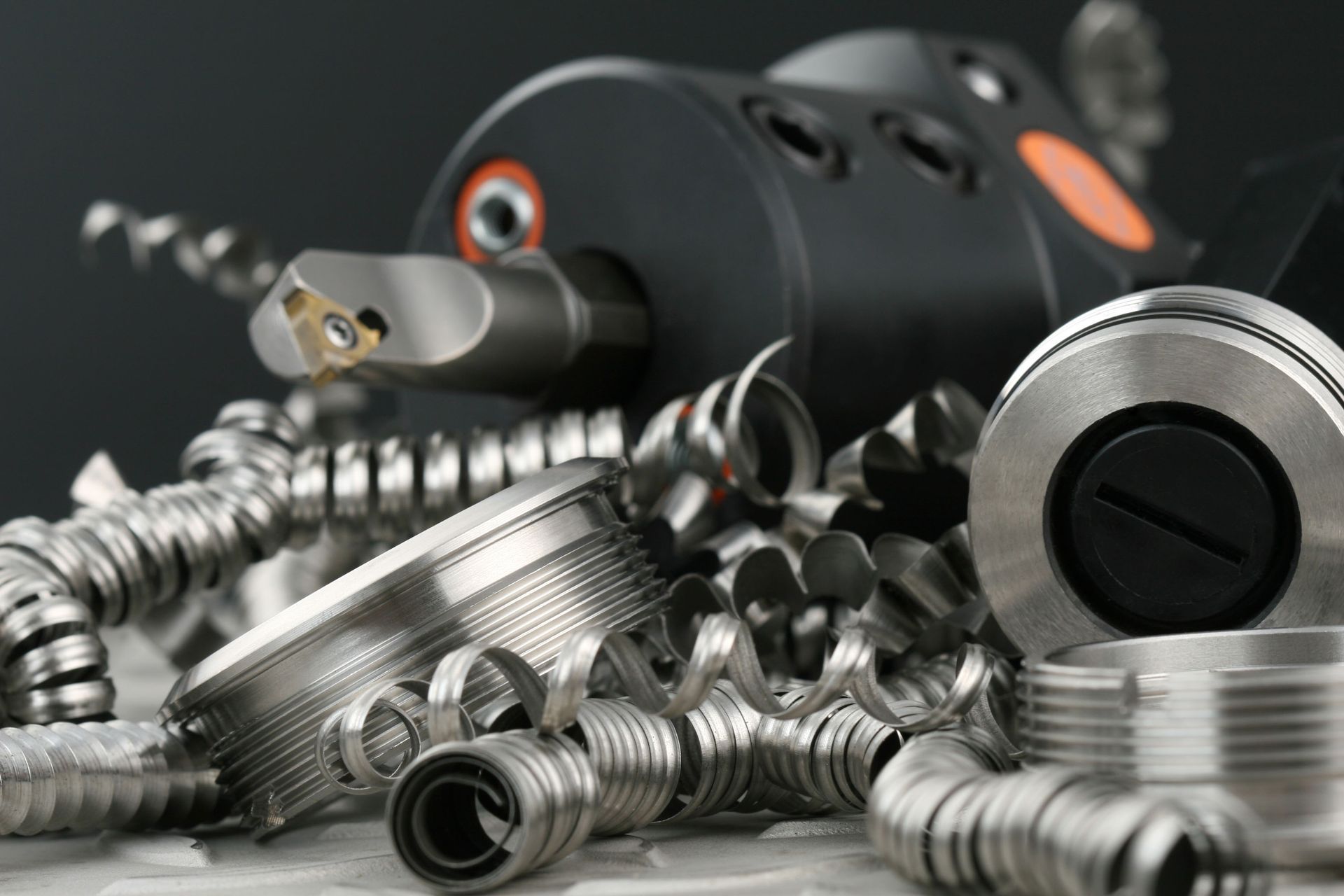
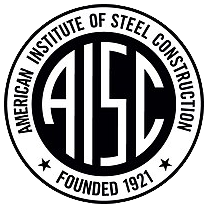


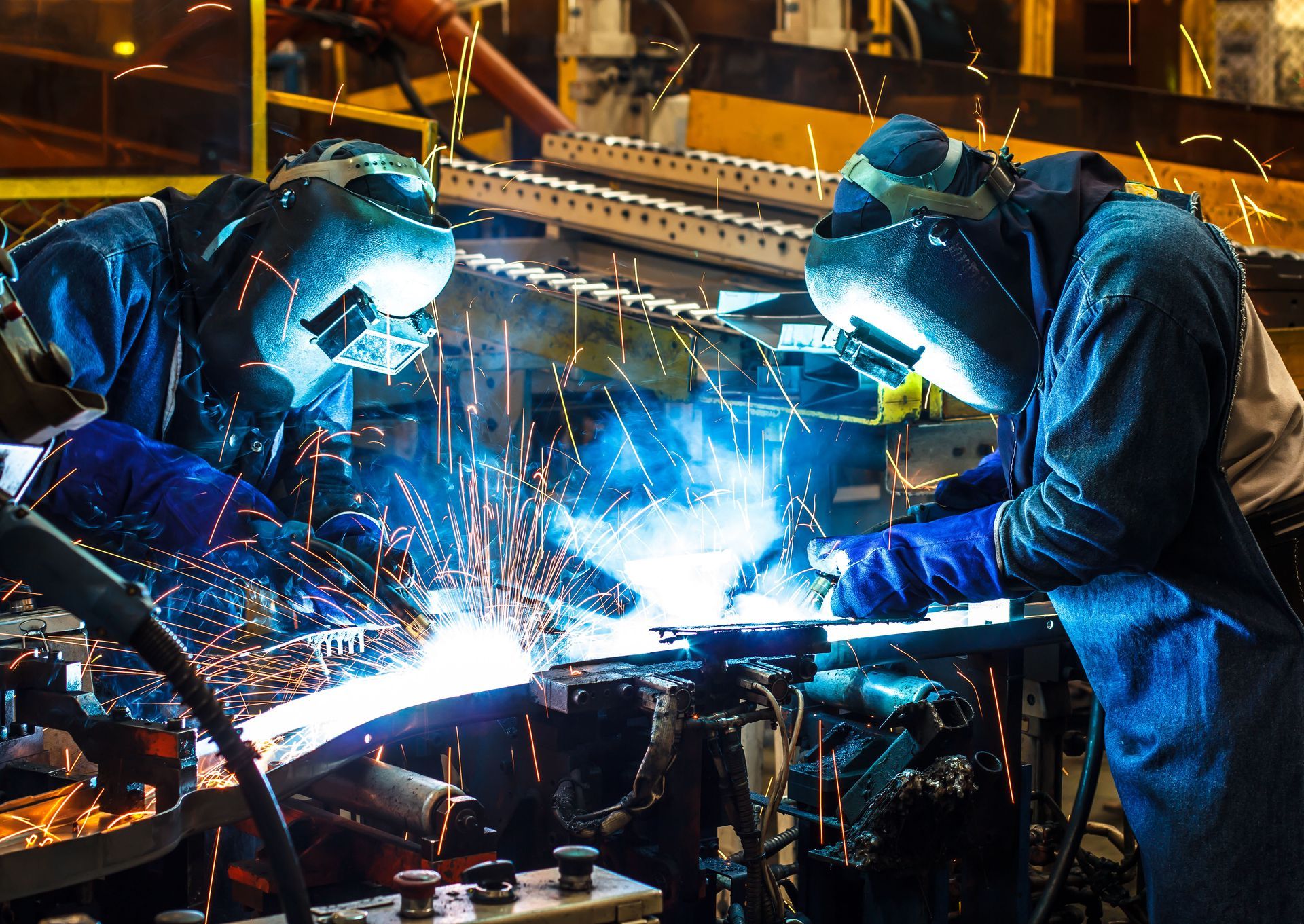
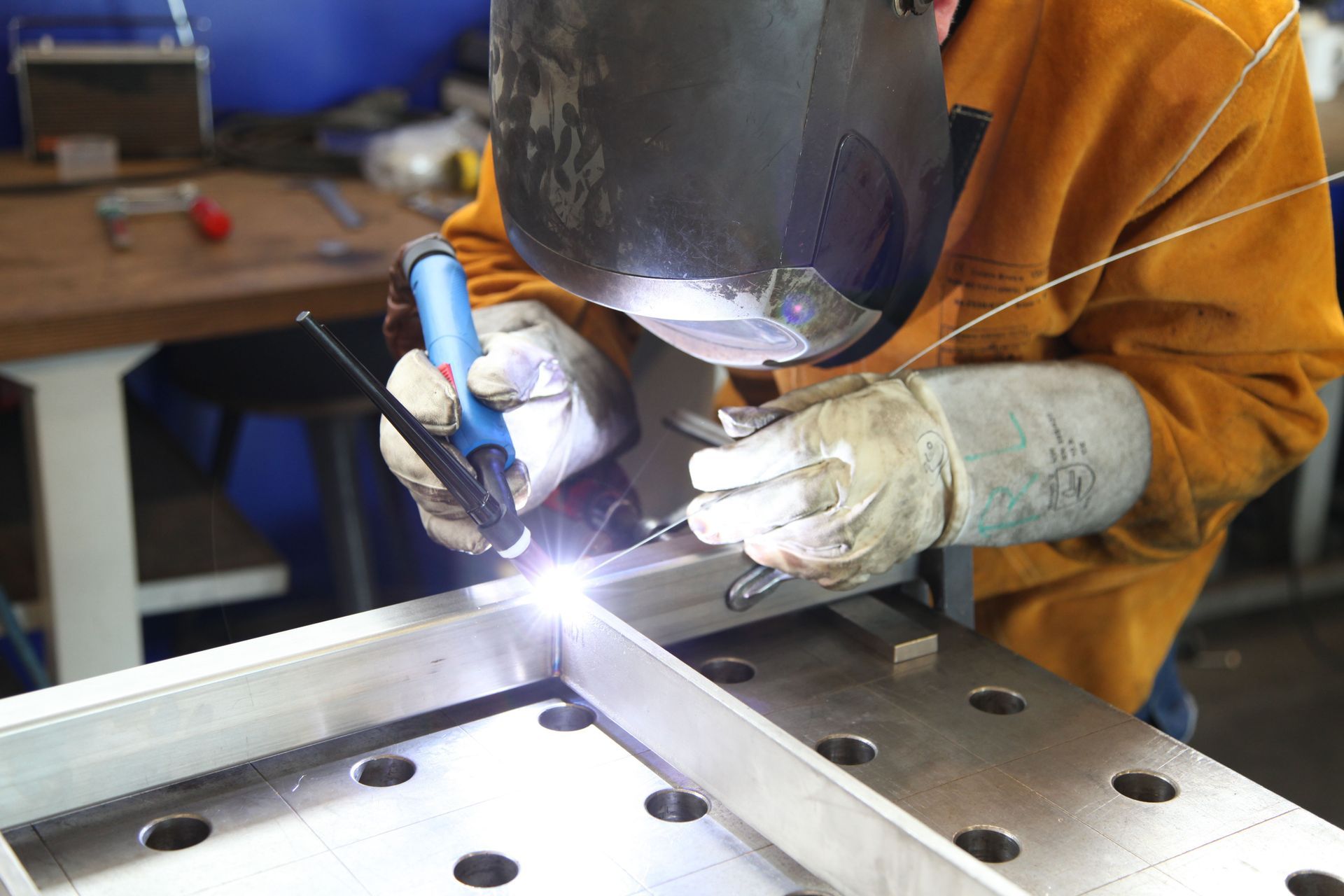
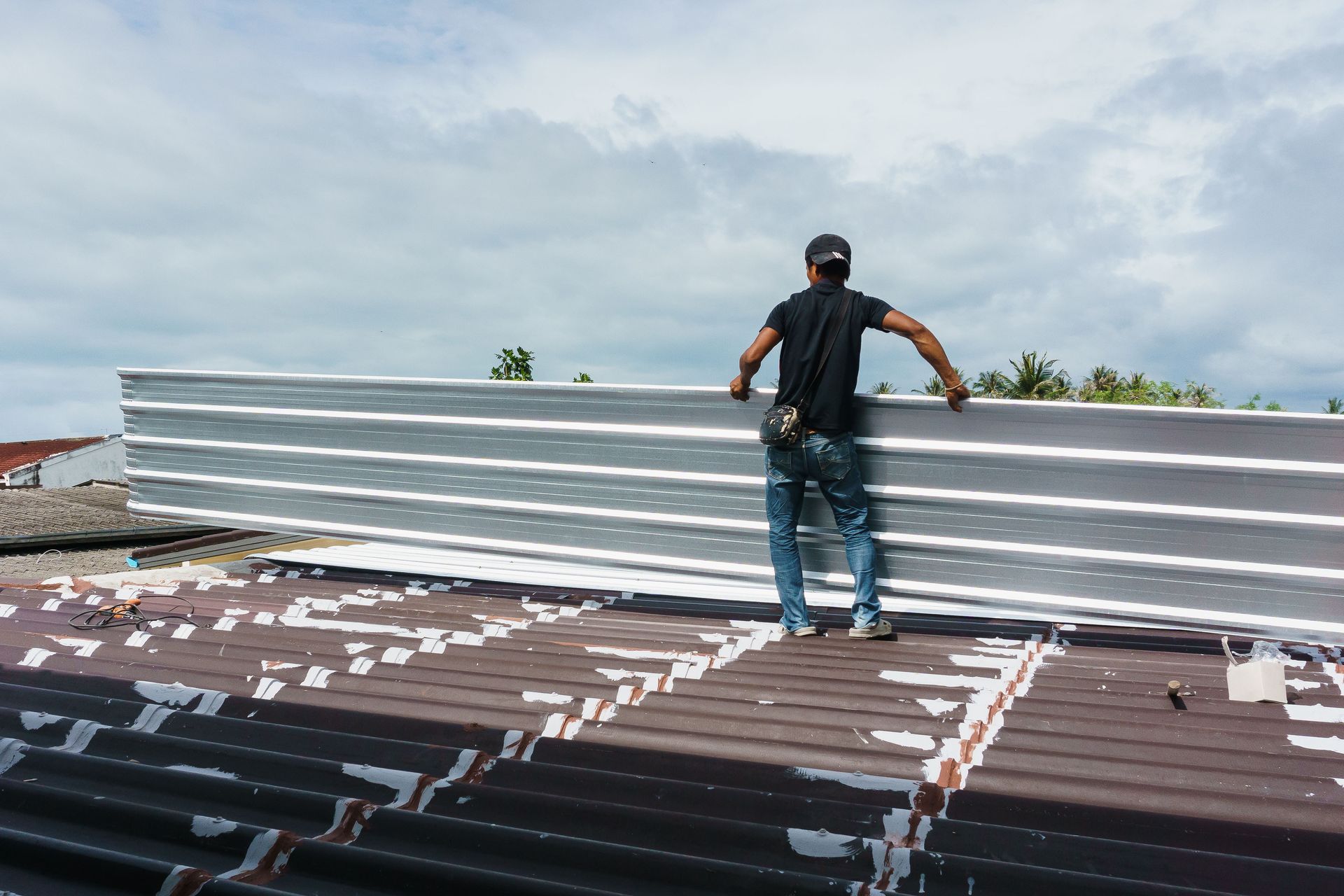
Share On: